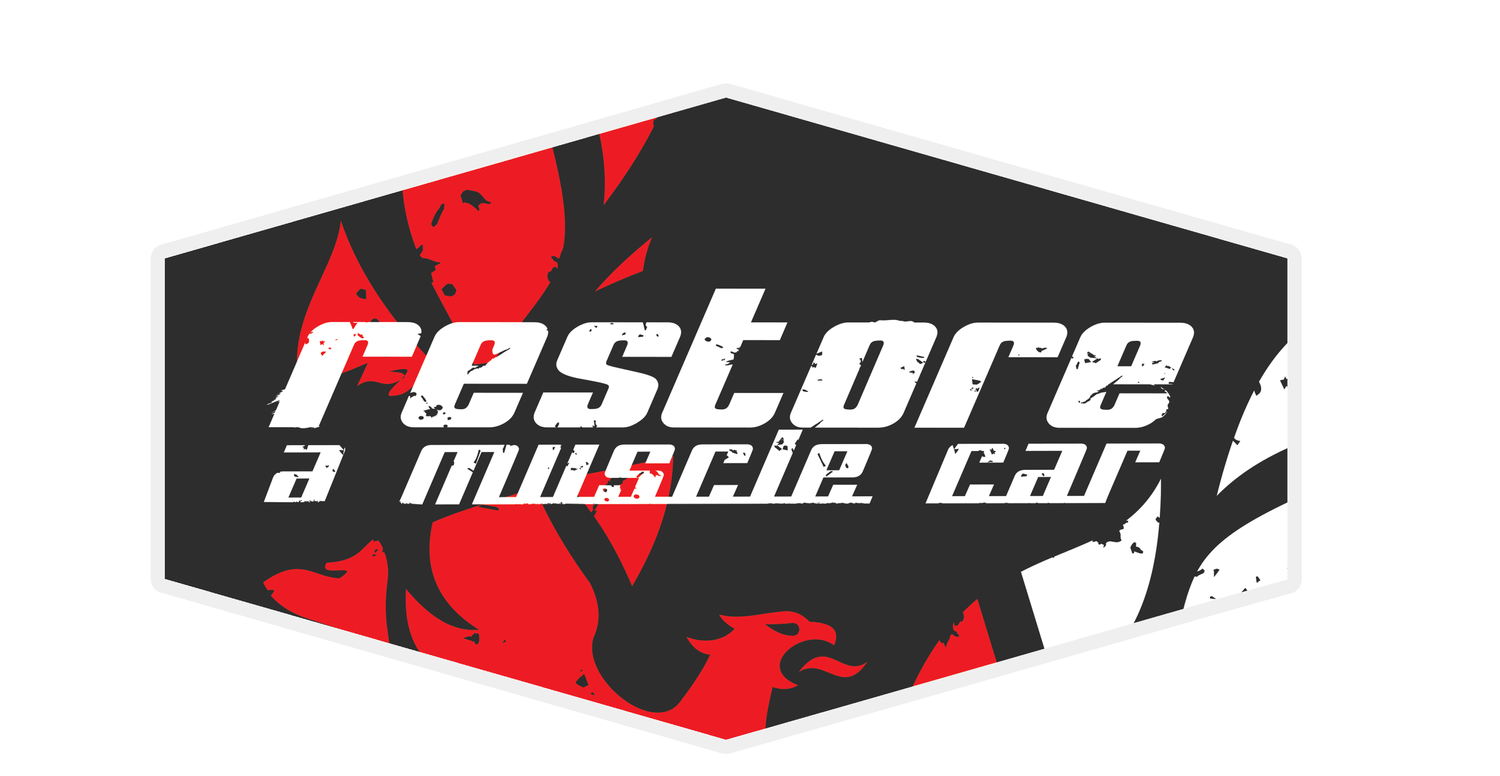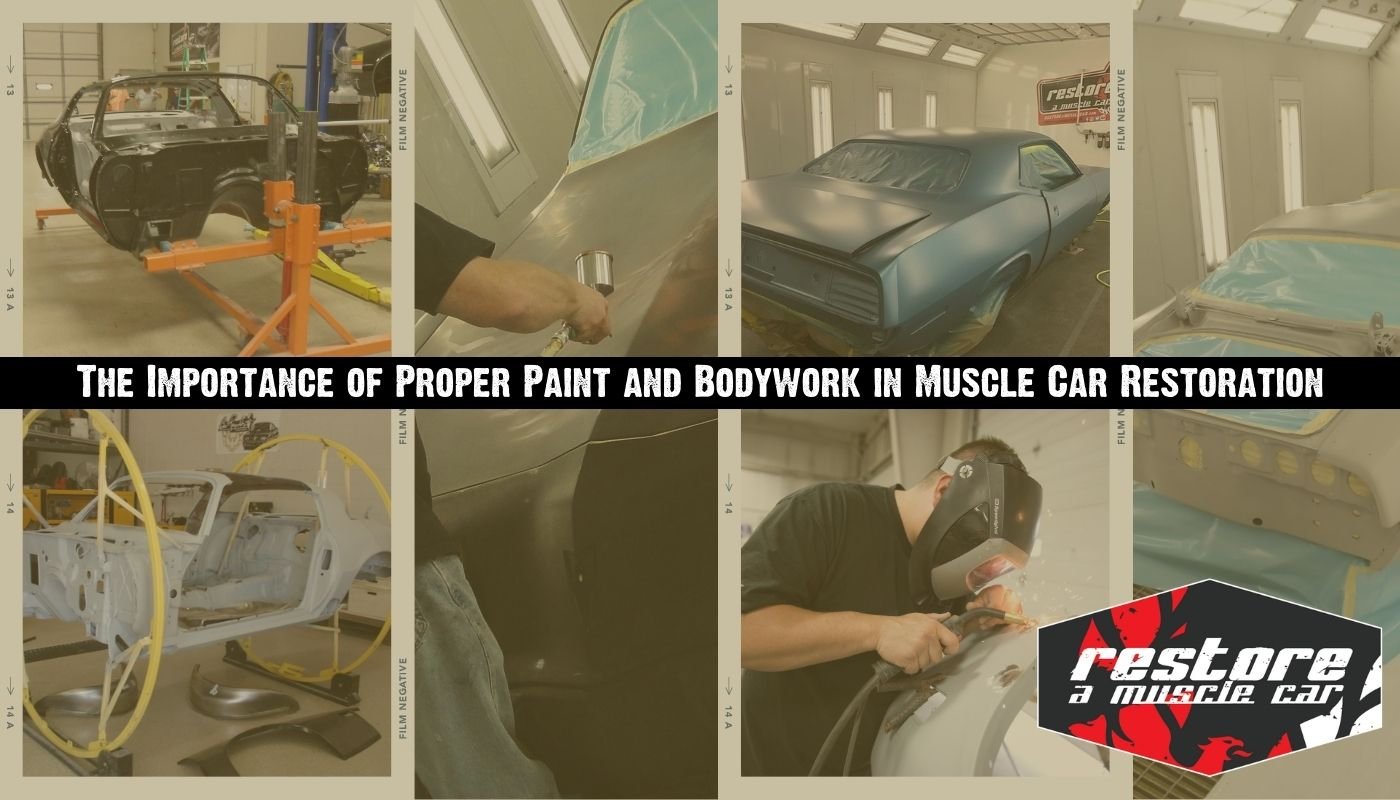The Importance of Proper Paint and Bodywork in Muscle Car Restoration
Welcome back to the Restore a Muscle Car blog, your go-to resource for expert restoration advice and insights. In this post, we'll dive into the critical aspects of paint and bodywork in muscle car restoration. A flawless finish and pristine body are essential for transforming a classic car into a show-stopping masterpiece. Let's explore the importance of proper paint and bodywork and share some tips to achieve a stunning result.
Preparing for Perfection: Bodywork Basics
1. Thorough Inspection:
Start with a detailed inspection of the car’s body to identify dents, dings, and imperfections. Pay special attention to panels, fenders, and doors.
Use a straightedge or body filler to detect subtle flaws that may not be visible to the naked eye.
2. Sheet Metal Repair:
Address any rust or corrosion issues before proceeding with bodywork. Cut out and replace rusted sections with new metal to ensure structural integrity.
Weld and blend new metal sections seamlessly into the existing body, ensuring smooth transitions.
3. Dent Removal:
Utilize techniques like hammer and dolly work, paintless dent repair (PDR), and body fillers to eliminate dents and dings.
Sand and smooth the repaired areas to achieve a uniform surface.
Mastering the Art of Painting: Steps to a Flawless Finish
1. Surface Preparation:
Clean the entire body thoroughly to remove grease, oil, and contaminants. Use a degreaser and surface cleaner for best results.
Sand the surface to create a smooth, even base for primer application. Start with coarse grit sandpaper and progress to finer grits.
2. Priming:
Apply a high-quality automotive primer to the prepared surface. Primer fills minor imperfections and provides a solid foundation for the paint.
Sand the primed surface with fine-grit sandpaper to ensure a smooth finish before painting.
3. Paint Application:
Choose the right type of paint for your restoration project. Classic cars often benefit from single-stage paint for a vintage look, while modern paints can provide a durable finish.
Apply paint in a clean, dust-free environment. Use multiple thin coats, allowing adequate drying time between each layer.
Finish with a clear coat to enhance shine and protect the paint from environmental damage.
4. Buffing and Polishing:
After the paint has fully cured, use a buffer and polishing compound to achieve a high-gloss finish. This step enhances the depth and clarity of the paint.
Follow up with a wax or sealant to provide long-lasting protection and maintain the car's showroom shine.
Conclusion

